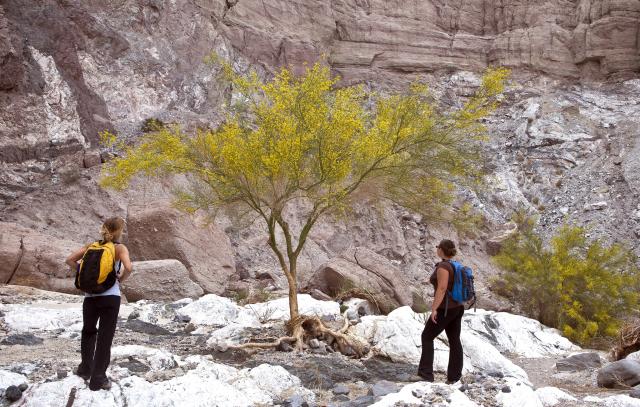Related Stories
- Native American storytelling brings our living lands to life
- Yuma Field Office saves the day for nearby helicopter-aided conservation effort
- Public lands providing respite for caregivers
- Race to save the Bonneville Salt Flats
- BLM Colorado hosts biannual Ute Tribal Consultation meeting at Canyons of the Ancients National Monument

